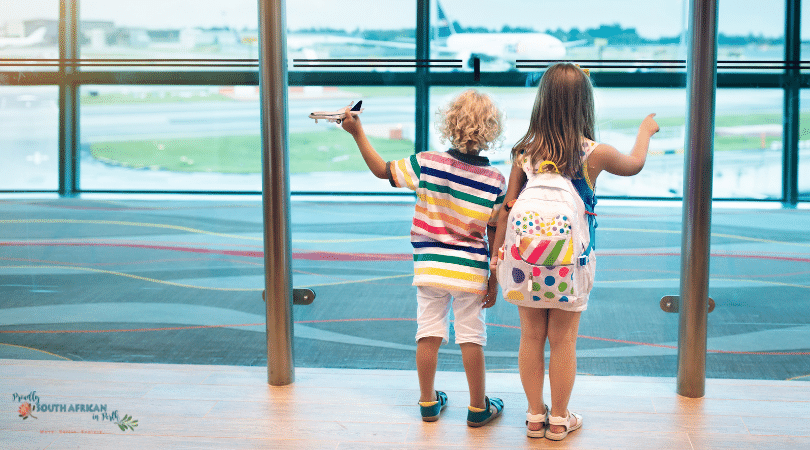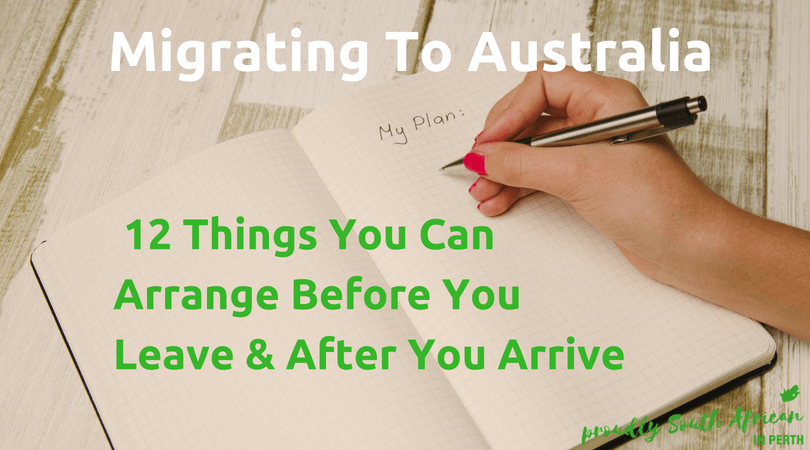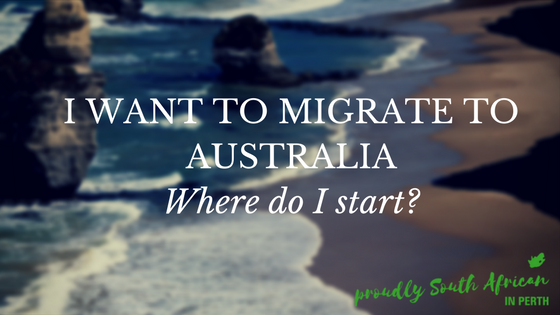Flying with kids comes with challenges – but flying long haul with kids is a whole other level.
I’ve done a few flights with my son at different ages over the years. His first flights were at 6 months old from the UK to Ireland which was a nice short introduction to flying. After that we had a few more trips within Europe, and then when he was almost 3 we made the trek from the UK to Australia.
I spent hours online (even back in those days before Googling on your phone was as easy as it is now!) researching tips for flying with kids to make sure our flight to Australia was as stress-free as possible.
If you haven’t flown with kids before, here are my essential tips for anyone flying long haul with kids to make your journey as relaxed as possible.
Flying Long Haul With Kids
Tips For Before You Fly
Prepare the Kids
Let your kids know what to expect on their journey and how they should try to behave.
Standing in queues, going through X-Ray machines, customs, turbulence, possible ear ache during take-off and landing, and agreeing as to who sits where – all of which they may never have experienced before. It’s up to you to prepare them for what they may encounter along the way – including being polite to all the official people they will meet as they move through the airport and plane.
A good way to show them is by watching popular YouTube videos on travelling – if you can find videos with kids their age travelling even better!
Get them excited and interested in the places they will see along the way and explain how they can keep track of the places they’ll be flying over. Make them look forward to their adventure.
Fly Direct
Hanging around airports or dashing to and from different terminals catching connecting flights with kids on tow, is not exactly fun, so booking direct flights can help you to keep your journey time to a minimum.
Now this is not always possible, nor affordable, especially in these post-pandemic times where prices for flying long haul seem to be at an all-time high.
If you can’t fly direct, do your research for your transits – work out where you will arrive, and if you need to change terminals for your connecting flight. Most ground staff and airline staff are super helpful if you need to ask someone where you are going.
Also make sure you listen to the announcements on your flight and in the airports. Often closely timed connecting flights are announced on board, so when you land, you know where to head.
Day Flight Vs Night Flight
If you have the option of day or night flight, it can make sense to take the night flight.
The one advantage is that kids *may* spend more time sleeping and you spend less time keeping them occupied. The downside is that checking in and boarding a plane late at night with small kids may make them overtired and irritable – but it’s short term pain, long term gain!
If you fly at night, your kids can board the plane already in their slippers and pyjamas to give them a sense that bedtime is coming soon.
What to Pack
For infants or small children, packing plenty of extra nappies and extra sets of clothing in your hand luggage is always a good idea when you’re flying long haul with kids. A travel first aid kit is always a good idea too.
Wet-wipes for those sticky fingers, pain-relief medication, plastic bag for rubbish or messy clothes, and their favourite blanket or fluffy toy for comfort are essentials.
If old enough, they can take their own kids travel backpack, which is more practical, allowing both hands free for them and for you. It can be stored under their seats for quick and easy access, without disturbing other passengers.
A good tip I found for younger children was to take away their some of their favourite small toys a few weeks before you fly. Then on the plane, if they start to get cranky, you can pull one out for them which will be a big surprise. You could even wrap them in paper so it’s like opening a present, which makes it more exciting. I did this with some of my son’s favourite small toys. In all the craziness of packing he didn’t even notice they were gone and he loved getting them back randomly throughout the flights.
I’ve written a post all about what to pack in your hand luggage when you move to Australia too.
What to Wear
Kids generally like to wear loose comfortable clothing and this is ideal for flying. Ensure they don’t wear fiddly clothes with lots of buttons or tricky shoes to take off and put on.
If flying at night, they can wear their pyjamas at boarding to make life easier too. Depending on their age, make sure you pack at least 1-2 changes of clothes for the flight in your hand luggage. This is also handy in case your checked luggage gets lost.
Baby Carriers
Negotiating airports with babies in arms is not exactly fun. Hands-free baby carriers can make life so much easier when travelling with kids, trying to carry all your luggage and negotiating customs.
Most airlines will allow you to bring a travel stroller as well which you can use until boarding, when it gets stored with the checked luggage. On arrival, these are usually brought out first and will be waiting for you as you disembark. A small foldable one that is easy to pack away when not in use is ideal.
Tips For At the Airport
Special Assistance Services
If travelling with young children, especially as a single parent, check whether the airports you are travelling through offer any special assistance services.
Ground crews may assist you with your luggage, getting through customs and boarding. Keep an ear for public announcements offering special assistance too, but don’t be afraid to ask for help if you need it.
Last Minute Bathroom Visit
The last thing you want to hear when the plane is about to take off, is “I need the toilet!” Make sure your kids have visited the bathrooms as close to boarding time as possible, and let them know that they will not be allowed to get up once the seatbelt lights are turned on for take-off and landing.
Food & Drink
If you have time to kill at the airport, you could get something to eat. If your kids are fussy like mine, they might not love the inflight meal options. With a lot more choice at the airports before you board, it’s a good opportunity for a feed before you fly.
Most airports have drinks fountains for free use so bring an empty water bottle and once through security fill them up as you wander and wait for your flight. Having a full water bottle on board saves you ringing the bell for the cabin crew as often during your flight too.
Tips For On the Plane
Window vs Aisle Seat
Most kids love to get a window seat so they can watch the world literally fly by down below. Window seats also tend to have a little more room and are good to lean against when sleeping.
On the other hand, if your child tends to be fidgety or more active, an aisle seat may be better for taking regular strolls or bathroom breaks.
If flying long haul with an infant, book early if you want a row with a bassinet. It also gives you more leg room. The flight attendants will inform you how to hold your little one during take-off and landing.
Flight-Approved Car Seat
There are pros and cons on this one. Firstly, ensure that your car seat is indeed flight-approved.
The advantages are that the child feels comfortable in its own seat and you don’t have to hold them throughout the flight. Disadvantages are that you’ll have to buy an extra ticket and have to lug the seat to and from the plane.
Also note that international car seats are not approved for use in Australia. This is due to very high safety standards for children’s car seats – so do your research before bringing any car seats to Australia.
According to Child Car Seats Australia:
“Child car seats bought overseas do not comply with Australian Standards and they are not compatible with Australian vehicles. Australian vehicles have a unique top-tether strap anchorage system, with which only Australian Standard approved child car seats are compatible. In addition, the Australian Standard for child car seats is one of the most stringent child restraint standards in the world. Unlike the European Standard, the Australian Standard requires all child car seats to be tested in side and rear impact tests, and some with an inverted test for roll-over protection.“
Keep Them Occupied
Bring whatever items you know will keep them happy and occupied. Books, crayons and colouring books, drawing paper, sticker books, card games, travel size games, small toys, and perhaps a few new things as a surprise to crack out when they are starting to get annoyed.
If you’re flying long haul with kids that are a bit older, they’ll probably be more than happy with in-seat entertainment options on most airlines. Movies, TV shows, games, music, podcasts and the flight tracker are usually plenty for most kids to stay entertained for the duration of the flight.
Bring Entertainment
Fortunately, airlines today offer great inflight entertainment for children, but it’s also wise to bring your own gadgets loaded with their favourite movies, games and apps.
Make sure it’s fully charged before you fly and don’t forget a charger. Most seats have power these days so you can keep your devices charged throughout the flight. Don’t forget to bring compatible headphones too so the other passengers don’t have to listen to whatever they are watching or playing as well!
Pack Plenty of Snacks
Bring their favourite snacks especially if you have fussy eaters. And bring plenty of them! Not every child enjoys the meal options on the plane and you don’t want a hanrgy kid on a 12-hour flight.
Try to avoid choosing too many sugary options, but have snacks available for any emergency meltdowns or tantrums.
Prepare for Earache
If your child is prone to earache, ask your chemist or doctor for suitable medication. Pack a few lollipops, chewing gum or chewy sweets, to help equalise their ears, during take-off and landing.
For infants, dummies, bottles or breast-feeding work well as the sucking action help pop their ears. If nothing works, ask them to swallow or pinch their noses and blow hard or try yawning.
Travel Etiquette
Long-haul flights can make us all restless and irritable, so be prepared for your kids to have at least one wobbly while you travel. None of us are perfect and travel can be a very boring and frustrating experience for little ones especially.
Leading up to your flight, teach them good travel etiquette, such as not kicking the seat in front, not bouncing up and down on their seat, not reclining seats while people behind you are eating, speaking with an inside voice, etc. They’re unlikely to be perfect all the way through your flight but you can try to prepare them and keep them in check during your flight. No-one likes a parent who lets their kids run riot during a flight, so don’t be that parent.
Final Tips For Parents
If this is your first flight with your kids, just accept the fact that this trip will be different. So very different.
So pack your own first aid kit – you’ll need plenty of patience, lots of planning, and a bucket load of flexibility, but remember if there are a few bumps along the way and things don’t go as smoothly as you expected, that’s alright too.
I hope you found these tips for flying long haul with kids useful for your upcoming flights. If you have any other great tips to add, I’d love to hear them in the comments below.






No Comments